Now Reading: Top 5 Best Places Visiting in Bidar for History, Culture & Spirituality
-
01
Top 5 Best Places Visiting in Bidar for History, Culture & Spirituality

Top 5 Best Places Visiting in Bidar for History, Culture & Spirituality
1.Karanja Dam
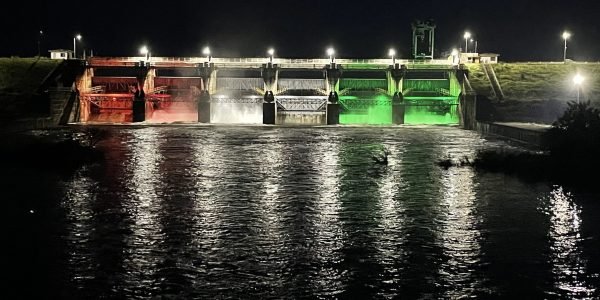
The Karanja Irrigation Project represents an essential water resource development along with agricultural initiative which exists close to Byalhalli village in Bhalki taluk at Bidar district of Karnataka state. The Karanja River serves as a foundation for this project since it operates as a branch of the Manjra River belonging to the Godavari basin. In region the project serves as a vital infrastructure that enables irrigation as well as agricultural activities.
The Karanja Dam serves as a vital element of the project which supplies dependable water resources for irrigation to increase agricultural productiveness and boost local farmer’s standard of living. Efficient water distribution through the canal system enables different sectors of the region to use water for sustainable farming practices.
2.Papnash Shiva Temple at Bidar

Among the central part of Bidar in Karnataka state residents find the Papnash Shiva Temple which serves as both a holy place of worship and a vital historical attraction. The temple hosts thousands of believers as well as tourists throughout its history because devotees and pilgrims flock to it especially for the Maha Shivaratri festival.
Significance
- According to local tradition the Shiva Linga at Papnash Shiva Temple got its origin when Lord Rama performed the installation. During his return from Lanka after vanquishing Ravana Lord Rama installed this Shiva Linga to demonstrate reverence and perform penance. Devotees consider the spiritual temple known by its name ‘Papnash’ to erase their sins because it translates to ‘destruction of sins.’
Tourists are drawn to the Papnash Shiva Temple because its scenic location in a valley creates a magnificent view. Guests and followers find immense pleasure in visiting the temple because of its peaceful setting and sacred atmosphere alongside its surrounding green vegetation. Visitors can find spiritual comfort while enjoying the peaceful natural surroundings of temple because it faces the surrounding hills.
3.Guru Nank Jhira
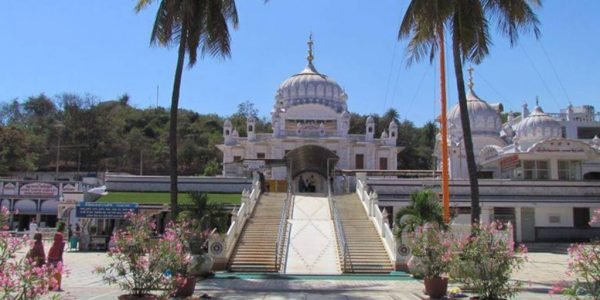
The sacred Sikh site Gurudwara Sri Nanak Jhira Sahib stands in Bidar within Karnataka state. Devotees together with visitors from different parts of India visit this holy destination particularly in November and March to receive blessings and experience its magnificent religious presence.
The Sikh religious text states that Guru Nanak Dev Ji conducted his spiritual journeys to Bidar during his time of visitation. The people endured extreme hardship because of the severe drought which affected the region at that time. The distressing locals asked Guru Nanak Dev Ji to provide help through prayer during which he performed a miraculous act.
Guru Nanak Dev Ji used his wooden staff to touch the dry laterite rock mountain after which a refreshing water source emerged to help the suffering population. The spiritual well known as Nanak Jhira (Guru Nanak’s Spring) continues to generate pure water that Davotees and visitors can access for blessings. His blisters brought about a drinking water spring that numerous people think helps patients recover from various sicknesses.
Significance
- This architectural masterpiece surrounding the holy spring represents religious serenity and divine elements of Sikhism. Religious facilities at the location encompass the Darbar Sahib prayer space and the Langar Hall communal dining area as well as the Sarovar holy water basin where followers perform cleansing rituals through water immersion. The place gains holy status from constant Gurbani recitation and the provision of Langar which serves community meals to visitors without considering caste differences or religious affiliations.
4.Anubhava Mantapa
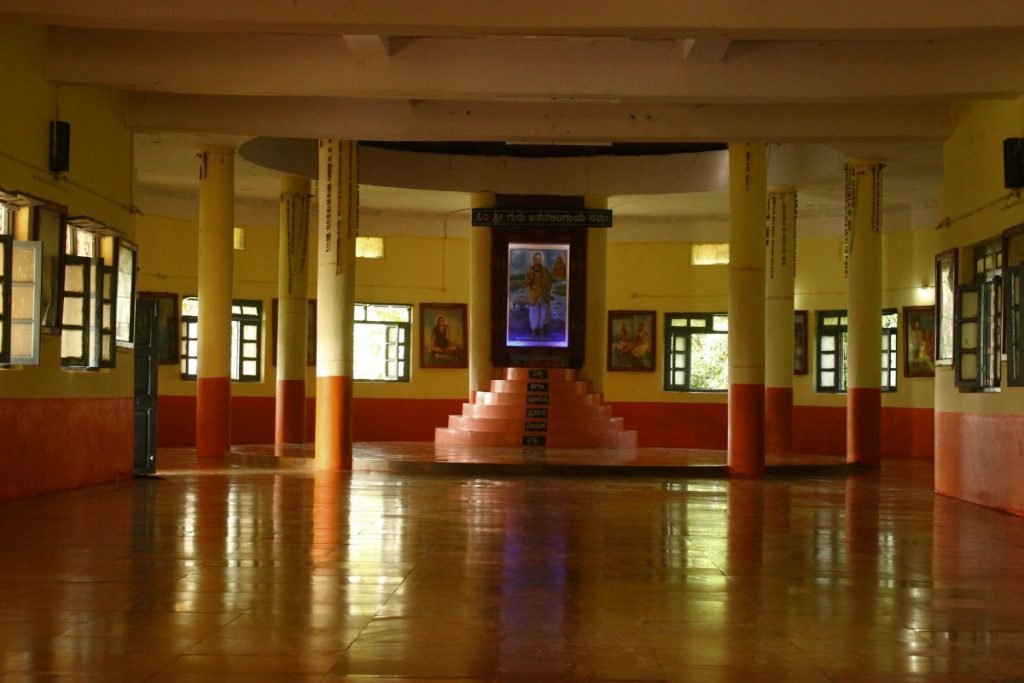
Anubhava Mantapa occupies the distinguished position as the initial documented assembly that mankind ever established. During the 12th century in Karnataka India an evolutionary organization developed into a center where people exchanged spiritual and philosophical concepts. The Sharana movement based its operations from this location where people worked to achieve social transformation by ending religious and ethnic prejudices and gender-based inequalities.
Prabhudeva served as the president of Anubhava Mantapa when he led the institution alongside his role as a great Yogi of extraordinary achievement. Lord Basava conducted prime ministerial responsibilities for the movement as he used his visionary ideas to lead it alongside his roles as philosopher and social reformer. The Vachana literature editor and compiler duties combined with Speaker of the house responsibilities at Anubhava Mantapa were performed by Channabasava.
The establishment of Anubhava Mantapa operated based on concepts of equality coupled with supportive freedom for intellectual expression through dialogue. All members of Mantapa and members of the movement maintained unrestricted mental freedom together with verbal independence and complete personal autonomy. The community members accepted inquiries and needed clarification through open discussions. Such democratic methodology allowed participants to engage freely with ideas and knowledge between one another.
The Mantapa implemented a documented program to securely save all philosophical and spiritual conversations documented there. The Vachana literature advanced as an important literary achievement from the philosophical dialogues by establishing poetic verses dedicated to devotion and social justice.
5.Mailar Mallanna Temple
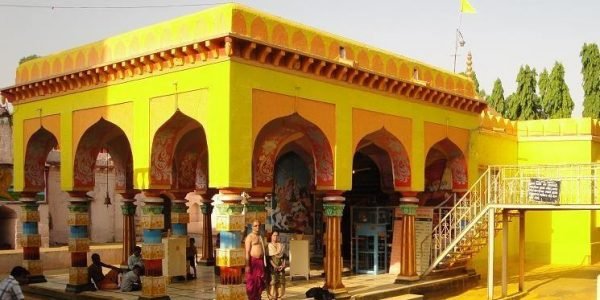
Lord Khandoba who takes the form of Lord Shiva finds his sacred worship place at Sri Mailar Mallanna Temple. This temple embraces central devotion and spirituality between devotees who focus especially on the Kuruba community since they have strong beliefs in this form of Shiva.
The religious figure Khandoba functions as Martanda Bhairava since devotees view him as an expression of Shiva that embraces warrior and pastoral practices. The divine manifestation presents itself as radiant golden light and solar brilliance which radiates tremendous power. The divine representation of Khandoba shows him being covered in holy turmeric while possessing three eyes that symbolize spiritual knowledge and transcendence. His crescent moon decoration on his forehead denotes his cosmic link.
Significance
- People visit Sri Mailar Mallanna Temple to worship but also to participate in spiritual assemblies as well as traditional festivities that unite society. People from multiple parts of the region visit this temple to receive divine blessings and they gather in large numbers particularly when Khandoba is honored throughout festive periods. Spiritual grand events at the temple create a sacred environment through prayers as well as musical ceremonies and ritual performances which generate devotion and community solidarity.
Related articles : Top 5 Best Places Visiting in Bengaluru Rural for Nature, Culture & Adventure
Stay Informed With the Latest & Most Important News
Previous Post
Next Post
-
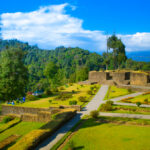 01Top 5 Best Places Visiting in Gyalshing – Monasteries, Lakes & Scenic Escapes
01Top 5 Best Places Visiting in Gyalshing – Monasteries, Lakes & Scenic Escapes -
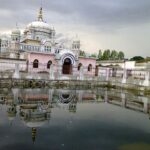 02Top 5 Best Places Visiting in Panna – Temples, Waterfalls & Wildlife Escapes
02Top 5 Best Places Visiting in Panna – Temples, Waterfalls & Wildlife Escapes -
 03Top 5 Best Places to Visit in Malerkotla – Malerkotla Fort, Sheesh Mahal & More
03Top 5 Best Places to Visit in Malerkotla – Malerkotla Fort, Sheesh Mahal & More -
 04Top 10 Best Places Visiting in Dakshina Kannad for Culture, Nature & Coastal Charm
04Top 10 Best Places Visiting in Dakshina Kannad for Culture, Nature & Coastal Charm -
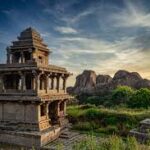 05Top 2 Best Places Visiting in Chitradurga for History, Nature & Adventure
05Top 2 Best Places Visiting in Chitradurga for History, Nature & Adventure -
 06Best Places Visiting in Shopian – Explore Top Attractions & Hidden Gems
06Best Places Visiting in Shopian – Explore Top Attractions & Hidden Gems -
 07Best Places Visiting in Narmadapuram – Temples, Waterfalls & Wildlife Escapes
07Best Places Visiting in Narmadapuram – Temples, Waterfalls & Wildlife Escapes














Pingback: Top 5 Best Places Visiting in Chamarajanagar – Explore Karnataka's Hidden Gems